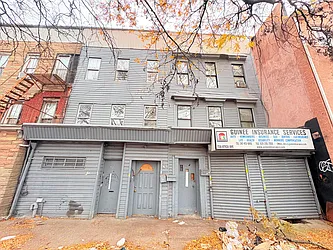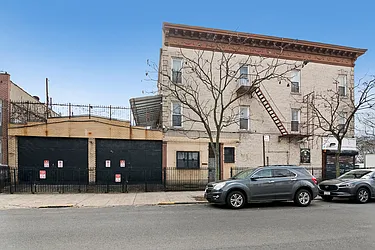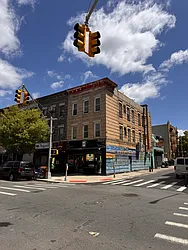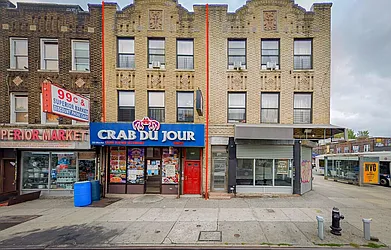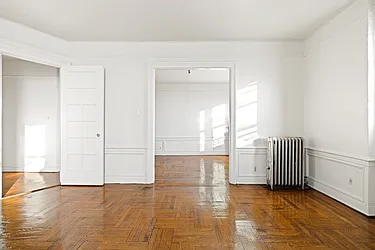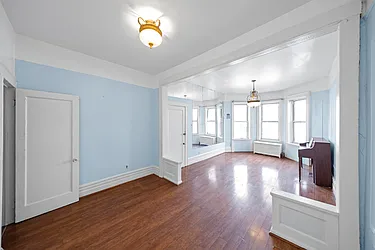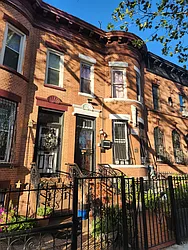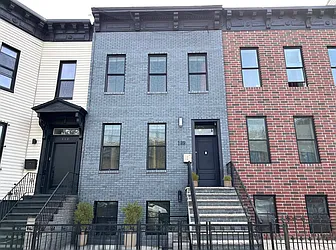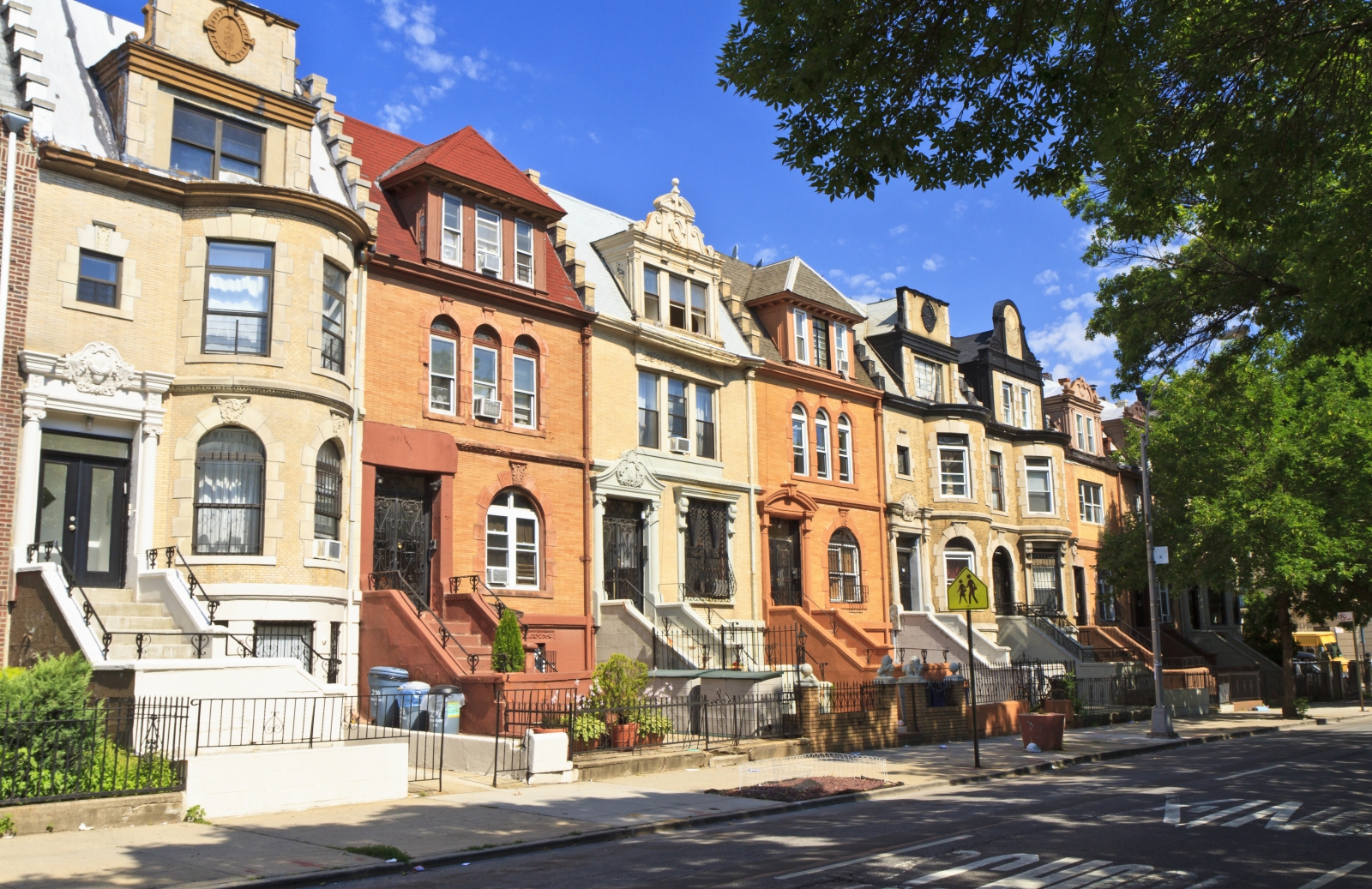
Historic homes in Crown Heights, Brooklyn — one NYC neighborhood where owners may qualify for generous tax credits on rehabilitation work done to their homes.
If you’re thinking of renovating a historic home in New York City, the State of New York has a generous tax benefit you should know about.
Owners of homes in certain landmarked historic districts can get a tax credit for up to 20 percent of their total renovation costs — up to $50,000 — through the New York State Historic Homeownership Rehabilitation Tax Credit. The credit applies to qualifying single-family homes as well as to co-ops and condos.
Naturally, the property and the rehab work must meet strict guidelines. Eligible buildings must be owner-occupied residential structures either listed individually on the state or National Register of Historic Places, or contributing buildings in a historic district listed in the state or National Register of Historic Places.
The home also must be in a census tract where median family incomes are at or below the state median. But this list of eligible tracts by county (PDF) shows that there are quite a few of those in New York City.
Blaire Walsh, of the New York Landmarks Conservancy, says that census tracts here can be so small that one side of a street qualifies for the tax credit while the other does not. But large swaths of Brooklyn and Queens will meet the requirements, Walsh says, even well-known historic areas like Jackson Heights.
The work itself must get state approval, too. You can’t just gut a house and leave its historic facade, says Erin Tobin, vice president for Policy and Preservation with the Preservation League of New York. While you can modernize a kitchen or a bath, your interior work must be in keeping with the historic nature of the place. That likely means no open floor plans or floating staircases. “Take pictures!” Tobin advises.
The total cost of the project has to be at least $5,000, and at least 5 percent of the total project must be spent on the exterior of the building. All work must be approved by the state preservation office prior to the start of construction.
The tax benefits to property owners are considerable. Tax credits, unlike deductions, are dollar-for-dollar reductions in actual taxes owed. A $100 tax credit against a $100 income-tax bill, for instance, means you will pay no tax at all.
Homes for Sale in Crown Heights With 3-6 Beds Under $1.8M Article continues below
So with this program, the state is effectively paying eligible homeowners to fix up their places. And groups like the Landmarks Conservancy will even help owners of single-family homes, as well as co-op and condo boards, get their applications in order. (Unlike single-family home owners, co-ops would apply as an entity, then distribute the tax benefits to their shareholders, Walsh says.)
A homeowner can even do multiple projects over the years and still earn credits, as long as the jobs meet the program qualifications, according to Dan Keefe of the state Office of Parks, Recreation and Historic Preservation, which administers the program. And any unused portion of the homeowner credit can be carried forward to subsequent tax years.
Created in 2010, the Historic Homeownership Rehabilitation Tax Credit was renewed last year through Dec. 31, 2024. Similar tax benefits are available to owners rehabilitating historic commercial properties. See the links below for more information and application instructions.
New York State Historic Property Rehabilitation Programs (PDF)
New York State Historic Homeowner Tax Credit FAQ (PDF)
List of Qualifying Census Tracts for Rehabilitation Tax Credits (PDF)
Q&A for Co-op Owners on Historic Rehabilitation Tax Credits (PDF)
New York Landmarks Conservancy — info on tax credits and application help
—
Send your NYC real estate stories and tips to StreetEasy editors at tips@streeteasy.com. You will remain anonymous. And hey, why not like StreetEasy on Facebook and follow @streeteasy on Instagram?
